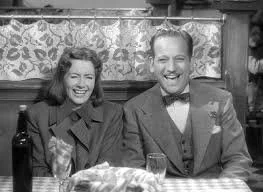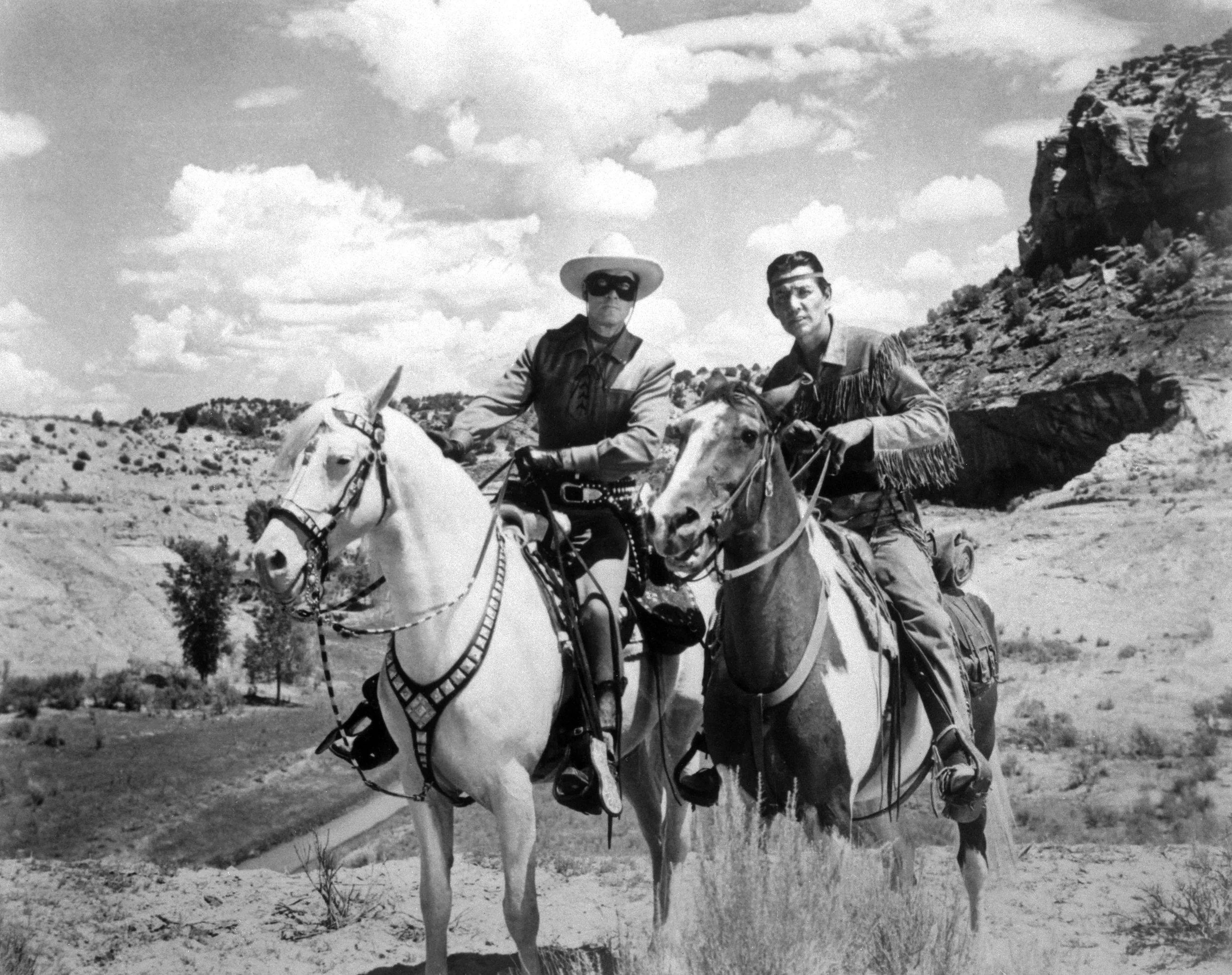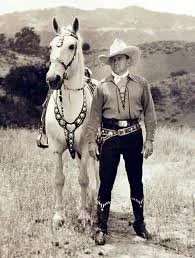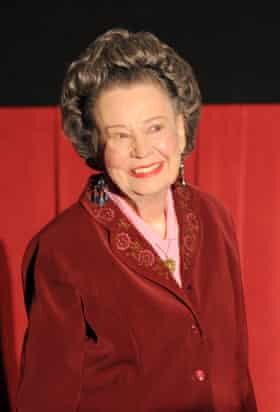#44: Welcoming Greta Garbo Stone . . . and Her Eponym
Greta Garbo Stone
Two weeks ago, this past Friday - September 19, 2025 - the Stone household welcomed its newest member: a rescue lass we named “Greta Garbo Stone.” For longtime family and friends, the fact that we named this 3+ year old Dachshund after a classic movie star should come as no surprise. Over the years, we have been parents to Buster Keaton (a massive Tri-Colored Collie who was both handsome and extremely agile); Ginger Rogers (a Chocolate Lab whose only flaw was that she wasn’t immortal); “Fwed” Astaire, a foundling who we referred to as a “cannardly,” because you could hardly tell what his breed makeup was); and Hedy Lamarr, Beagle extraordinaire, who was blessed with both beauty and brains. Hedy passed away last December, making the nearly 9 months we were without a pooch the longest canine draught we’ve had in almost 30 years. And now the newest rescue . . . Greta Garbo Stone. Why Garbo? Well, pretty much because, like the superstar we named her after (her eponym) she has soulful eyes and classic good looks that can be photographed from any side or angle. And, to top it off, she fully moved into our home and hearts within a few hours after arriving.
The Saga of Gösta Berling
This last statement – about G.G. Stone moving into our home and hearts in within a few hours after arriving – is equally true about the women born Greta Lovisa Gustafsson on September 18, 1905 in Stockholm, Sweden. Her father, a penniless laborer named Karl Alfred Gustafsson, died when Greta was 14; as a result, she was forced to leave school and go to work in a department store. The store used her as an uncredited model in short advertising films. This led a comedy director, Erik Petschler, to give her a small role in a 1922 film called Luffar-Petter (“Peter the Tramp”), which led her to a scholarship at a Swedish Drama school. After smallish roles in films now long lost, the famed Finnish-born director, Mauritz Stiller (born “Moshe” in Helsinki in 1883) pulled Greta from the drama school and took her under his wing. In addition to giving her a personal, “graduate-level” education in all things thespian, he changed her last name from Gustafsson to Garbo . . . from the Italian musical term con garbo, meaning “with grace.”
When he thought his protégé was ready, he gave her the second lead in a 1924 drama called The Saga of Gōsta Berling, starring Lars Hanson. The film was a big hit. (Garbo would team up with Hanson 2 years later in her 4th - and his 1st - Hollywood film, Flesh and the Devil, and again in 1928 in The Divine Woman).
As a result of The Saga of Gosta Berling, MGM signed Stiller to a contract; Stiller refused to “go Hollywood” unless Garbo, his protégé, was part of the deal. Upon her arrival, Garbo was told that in order to be in a film, she would have to take off a significant amount of weight; at 5’ 5’ 61/4” (which was tall in those days), she photographed as too zaftig. Going on a crash died, Garbo made her first Hollywood silent film – Torrent – in 1926. She starred opposite Ricardo Cortez (Brooklyn-born Jacob Krantz) in a story written by the Spanish novelist/director Vicente Blasco Ibáñez. Although a somewhat mediocre film, the movie-going public was mesmerized by Garbo . . . especially her face, which as noted above, had the that rarest of cinematic traits: the ability to be photographed from both sides and any angle. The film represents both a first and a last for the woman soon known as “The Face”: her first American American-made film and the last time someone else would be billed above her in the credits.
In his New Times’ review of what was originally called "Ibáñez's Torrent." film critic Mordant Hall wrote of Garbo: “In this current effort Greta. Garbo, a Swedish actress, who is fairly well known in Germany, makes her screen bow to American audiences. As a result of her ability, her undeniable prepossessing appearance and her expensive taste in fur coats, she steals most of the thunder in this vehicle . . . . Miss Garbo is dark, with good eyes and fine features. In some scenes she is too much the actress and not enough the character, which may be pardoned on the ground that she is impersonating an opera singer, a girl with a tendency toward artificial gestures so long as she believes they are appealing.”
Garbo in “The Temptress” (1926)
In Garbo’s second film, The Torrent (also 1926) from a story by Ibáñez, her name was first in the credits . . . above that of Antonio Moreno, a huge star whose career lasted from 1912 to 1962. Stiller, Garbo’s mentor began directing this, his second film at MGM, but only lasted a couple of days. His dictatorial demeanor on the set might have been expected in Europe; it was the diametric opposite of what MGM head Louis B. Mayer and producer Irving Thalberg (Hollywood’s "Boy Genius”) could put up with. He was summarily fired, returned to Sweden in disgrace, and died of infective pleurisy and a host of other ailments by early summer 1928; he had just turned 45 . . .
As with Garbo’s first film, the Times’ Hall was enrapt with her performance in The Torrent: There are moments when Miss Garbo reflects a characteristic mood by the slightest movement of one of her eyelids.... Miss Garbo is not only remarkably well suited for the role. But with a minimum of gestures and an unusual restraint in her expressions, she makes every scene in which she appears a telling one. She is attractive and svelte of figure.
Between 1926 and 1929, Greta Garbo starred in 9 more silent films for MGM – the only studio she ever worked at. These included:
Flesh and the Devil, a steamy romance based on a novel by the German writer Hermann Sudermann, costarring Lars Hanson and John Gilbert, the only man she even came close to marrying;
Love, again, costarring John Gilbert. Based on the Tolstoy novel “Anna Karenina”, the original movie title was planned to be “Heat”; it was changed so that ads could read GRETA GARBO AND JOHN GILBERT IN LOVE (rather than IN HEAT);
The Mysterious Lady, in which she played a super-sexy Russian spy sent out to seduce an Austrian office (Conrad Nagel) in order to get some important plans, but actually falls in love with him, and
The Kiss, once again, costarring Conrad Nagel, Garbo plays an unhappily married woman who is caught up in scandal and murder. This would be Garbo’s - and MGM’s - last silent picture.
in 1929, MGM released its first talking film, an all-star revue featuring all its contract players . . . save one. It was called The Hollywood Revue of 1929, and included everyone from Jack Benny, Joan Crawford and Norma Shearer to Buster Keaton, Marie Dressler and Lionel Barrymore. The one star who did not appear in the film was - of course - Greta Garbo . . . and for 2 reasons. First, her English was too heavily accented to be understandable; and second, the studio wanted her voice to be hidden from the public until they could eventually produce a film that could use the tag line “GARBO TALKS!” And, it had to be the perfect role; one that would fit her Swedish accent . . .
That perfect role turned out to be the character Anna Christie, created by America’s greatest playwright, Eugene O’Neill (the future father-in-law of Charles Chaplin) and Hollywood’s greatest screenwriter, Francis Marion. In it, Garbo plays the daughter of a grizzled old father named Chris Christofferson who 15 years earlier, had palmed her off on another branch of the family, Now 20, Anna is returning home, psychologically wounded by her past, which includes several years working in a brothel. Garbo’s first line, meticulously delivered in her near baritone, heavily accented voice is priceless: “Gimmee a viskey, ginger ale on the side, and don’t be stingy, baby . . .
The film turned out to be one of the biggest money-makers of t he year, was nominated for 3 Oscars (including Garbo for Best Actress in a Leading Role), and let the public know in no uncertain terms that as great as she had been in Silent film, she would be even greater in the talkies. (BTW: Garbo was actually nominated for 2 best actress Oscars in 1930, the other being for a long-forgotten picture called Romance. She, along with the other nominees (Nancy Carroll, Ruth Chatterton, and Gloria Swanson, lost out to Irving Thalberg’s wife, Norma Shearer for The Divorcee.
In the ten years between 1931 and 1941, Garbo starred in an additional 12 talking pictures for MGM. During that decade, she played opposite some of the most popular and talented male stars in the business:
1931: Susan Lenox (Her Rise and Fall), opposite the up-and-coming Clark Gable;
1931: Mata Hari, with Ramon Navarro (one of the screen’s all-time best “Latin Lovers”) and Lionel Barrymore;
1932: Grand Hotel, one of MGM’s greatest “All Star” films costarring the likes of John and Lionel Barrymore, Lewis Stone, Wallace Berry and Joan Crawford. Portraying a Russian ballerina named “Grusinskaya,” Garbo uttered the immortal words “I vant to be alone” for the first and only time in her career. That phrase has outlived her . . .
The Final Shot in “Queen Christina”
1933: Queen Christina: Garbo originally requested that MGM sign the very young Laurence Olivier to play the male lead, Don Antonio; she had been impressed by his performance in Westward Passage. When they started rehearsals, she quickly realized that she and Olivier had virtually no chemistry; she found she couldn’t relax with him. Olivier was released and Garbo then demanded that her old costar and lover, John Gilbert, play opposite her in an attempt to revive his flagging career. They played well together, but it did nothing for his future cinematic prospects; he would die 3 years later of heart failure caused by acute alcoholism. The final shot in the film is one of the truly legendary photographic miracles in Hollywood history: Garbo is at the prow of her ship. Director Rouben Mamoulian devised a large, ruler-shaped, glass filter strip that was clear at one end, becoming increasingly more diffused along its length. As the camera dollies in, Garbo, who made her mind a blank, stares into the future . . . an impenetrable nothingness on her beautiful face.
1936: Camille, Garbo playing the tragic Marguerite Gautier opposite the 25-year old Robert Taylor in the role of Armand Duvall in the Alexandre Dumas fils classic novel/play. The only question critics and public alike had was, between Garbo and Taylor, who was more beautiful?
1937: Conquest: Garbo as Countess Marie Walewska versus the “French lover,” Charles Boyer as Emperor Napoleon Bonaparte. Garbo becomes the emperor’s mistress at the urging of Polish leaders who feel she could influence him to make Poland independent. Historically inaccurate, cinematically a triumph. Boyer was nominated for a best actor Oscar, but lost to Spencer Tracy for Captains Courageous, in which he played the Portuguese fisherman Manuel Fidello.
Ninotchka: “Garbo Laughs!”
1939: Nonotchka: My personal favorite of Garbo’s 33 films, this one finds her playing opposite the elegant Melvin Douglas, with whom she had made the 1932 romance As You Desire Me. from a play by Luigi Pirandello. Ninotchka’s tag line is reminiscent of the one used in her first Talkie (Anna Christie): “Garbo Talks!” This time around it’s “Garbo Laughs!” In this film, a delightfully witty romp directed by Ernst Lubitsch with a script by future director Billy Wilder, Garbo plays a stern soviet agent who is sent to Paris to supervise the sale of jewels seized from Russian nobles. She finds herself attracted to a man (Douglas) who represents everything she is supposed to detest. For her efforts, Garbo was nominated for her 4th Best Actress Award (she, like just about everyone else that year lost to someone connected to Gone With the Wind. In this case, Vivien Leigh).
In an attempt to change her image - to make her “more American - MGM put her into a dog of a film in 1940: the ill-fated Two-Faced Woman, costarring, once again, Melvin Douglas. This, her final film, finds Garbo playing a woman named Karin Blake who, due to circumstances, decides to play her morally-depraved, urban-chic (fictional) twin sister Katherine Borg in order to keep an eye on her husband (Douglas) who has a roaming eye. The public hated it; the Catholic Legion of Decency condemned it for its “immoral” attitude towards marriage and its “suggestive scenes, dialogue, situations, and costumes.”
Greta Garbo retired right after Two-Faced Woman at age 35. Many say that the cause was this last picture; that she was humiliated. Actually, she retired because she never really, truly wanted to be a movie star. Her passion was acting. Fortunately, despite having quit school at age 14, she was one smart cookie; she took most of the money she made (upwards of $10,000 per week, 52 weeks a year for nearly a decade) and wisely invested in property and buildings . . . both in Southern California and Manhattan. By the time of her death on April 15, 1990, she had built up an estate that, in 2025 dollars, would have equaled more than an $80 million.
Garbo as “Mata Hari”
What most people don’t realize about Garbo is just how much of a cinematic trailblazer she was. True, she often appeared in less than stellar films . . . but they generally made a lot of money for MGM due to the fact that her name was above the title. The public couldn’t get enough of this “Swedish Sphinx.” By 1930, she was receiving upwards of 3,000 letters a day, compared to not quite 800 sent to the then-president Herbert Hoover. Regrettably, hardly anyone watches her films today, in 2025. About the only thing people seem to know is that line I vant to be alone. Garbo was said to have given her name a syndrome: “ . . . a state where celebrated stars lose the meaning of life and shut themselves in.” However, while she did withdraw in her later years, she should be celebrated for other things.
Gilbert and Garbo in “Flesh and the Devil”
First, and likely foremost, she totally transformed Hollywood acting. She was a different type of actor, more naturalistic; that’s how Mauritz Stiller trained her. Going back to her first silent films, she really resonated with women as a complex and layered person whom they could imagine having as a friend. I know my maternal grandmother (who was 21 years Garbo’s senior) adored her. By the mid-1920s women no longer had to be “Victorian pure.” Her female fans were fascinated by her romance with John Gilbert . . . the male love of her life. (Yes, she had love affairs with women as well.) When Garbo and Gilbert appeared in Flesh and the Devil in 1926, legend has it their love scenes were so intense they didn’t hear the director shout “CUT!”
One of her least-known legacies was her fight against censorship, which was at its height in America between the mid-Thirties and the late Fifties, when the content of films was rigidly enforced by the Hays Code. She got away with kissing a woman and disguising herself as a man in Queen Christina (1933), but Mata Hari (1931), her biggest hit, was censored on its rerelease in 1938 for featuring Garbo dancing erotically and wearing a see-through negligee.
Recently, Director/writer Lorna Tucker released a documentary film entitled Greta Garbo: Where Did You Go? I urge you to watch it and learn about the latest classic movie star who has become the eponym for our latest pup. The film includes interviews and archival footage with/of Louis B. Mayer, Orson Welles, Katherine Hepburn, Marlene Dietrich, Melvin Douglas Frederic March and Dick Cavett.
May Greta Garbo Stone be just as beautiful and charming as she who was born Greta Gustafsson 120 years ago. And may she bring as much love into our hearts as La Divina . . . one of Garbo’s many nicknames.
Copyright©2025 Kurt Franklin Stone















